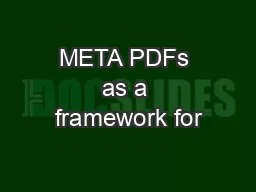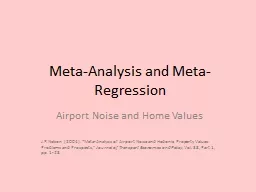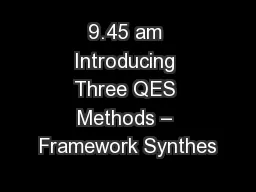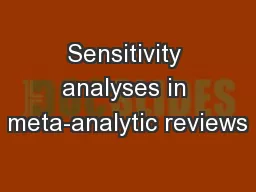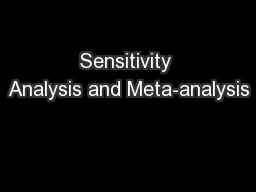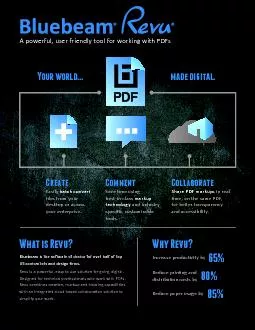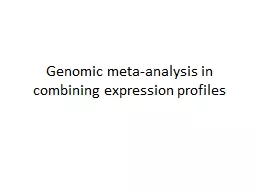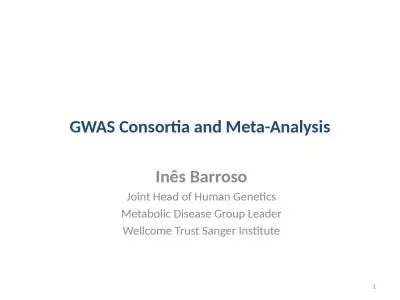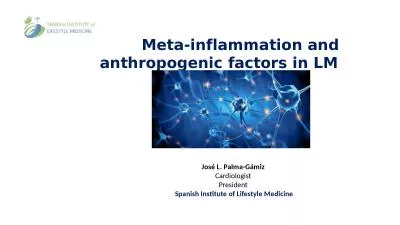PPT-META PDFs as a framework for
Author : debby-jeon | Published Date : 2016-10-23
PDF4LHC combinations Jun Gao Joey Huston Pavel Nadolsky presenter arXiv14010013 http metapdfhepforgeorg Parton distributions for the LHC Benasque 20190219 2015
Presentation Embed Code
Download Presentation
Download Presentation The PPT/PDF document "META PDFs as a framework for" is the property of its rightful owner. Permission is granted to download and print the materials on this website for personal, non-commercial use only, and to display it on your personal computer provided you do not modify the materials and that you retain all copyright notices contained in the materials. By downloading content from our website, you accept the terms of this agreement.
META PDFs as a framework for: Transcript
Download Rules Of Document
"META PDFs as a framework for"The content belongs to its owner. You may download and print it for personal use, without modification, and keep all copyright notices. By downloading, you agree to these terms.
Related Documents

